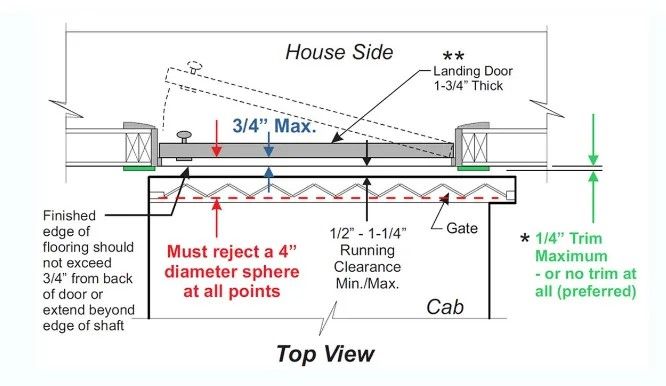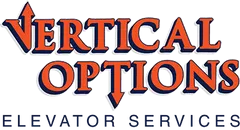ASME A17 2 2016
Commercial
How will the 2019 ASME A17.1/CSA B44 Code Updates Impact your Commercial/Multi-Family Property?
Building code is paramount, especially when you own or manage commercial properties. So what does the new ASME 2019 A17.1 code update mean for commercial building owners and managers?
What is ASME and why are they issuing building codes?
The American Society of Mechanical Engineers (ASME) was founded in 1880 when a group of engineers met to discuss concerns resulting from the rise of industrialization and mechanization in industry. In 1884 they established the Boiler Test Code. After an explosion that resulted in 58 deaths and 117 injuries, ASME formed the Boiler Code Committee. One hundred and forty years and many codes later, they have become the industry standard.
ASME A17.1 2.27.1.1 Car Emergency Signaling Devices has been updated to include:
Two way message display in the cab for hearing and/or speech impaired. A means for authorized personnel to view video of passengers anywhere in the cab.
A means activated by emergency personnel to change cab message to indicate help is on the way. The requirement for over 60 feet of travel is for a lobby intercom and is different that what is described in the article. All passenger elevators under 2019 code will need to have the video system regardless of rise.
Two-Way Elevator Visual Communication System

Residential
Elevator Safety Code Update
ASME A17.2-2016 for Residential Applications
The national ASME A17.2-2016 code is a safety standard prepared by elevator and engineering professionals. It is used to dictate the safest laws with which installations should comply.
In 2016, the Safety Code for Elevators and Escalators (ASME A17.1) was updated adopting the new 3/4″ x 4″ rule. The changes went into effect on May 30, 2017. This rule was amended to eliminate a potentially unsafe gap between the hoistway door and car gate/door, which could result in serious injury if the space is not protected.
These code revisions require the following:
The space between a closed hoistway landing door and car gate/door, must reject a 4″ diameter ball at all points. The distance between the hoistway landing door and the edge of the landing door sill shall not exceed 3/4″.
Any car gate/door must withstand a force of 75 lbs. without permanent deformation or displacing the car gate/door from its guide/tracks.
Vertical Options offers a variety of hoistway door and car gate/door packages to comply with the ASME A17.2-2016 code requirements to the 3/4″ x 4″ rule.
Additional protection for existing installations
A door baffle and/or a light curtain are options to bring an existing installation, installed prior to ASME A17.2-2016, up to the standards of the 2016 and newer code. A door baffle is a way to reduce the space between the car gate/door and the hoistway door. The light curtain is used to detect an obstruction in the space between the car gate/door and the hoistway door and prevents the elevator from leaving the landing if an obstruction is detected.

